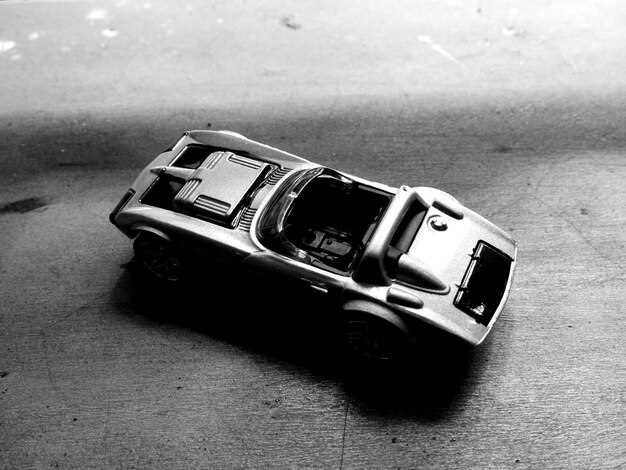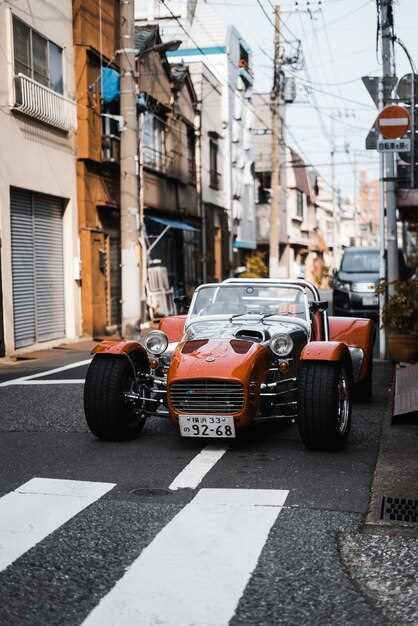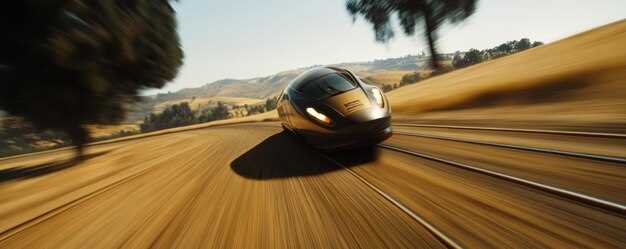
The world of automotive engineering has been profoundly shaped by the legacy of racing, and few brands exemplify this connection as beautifully as Porsche. From the earliest days of its inception, Porsche has built a reputation not only on elegant design but also on cutting-edge tech that has made its cars champions on the racetrack. This article explores the fascinating interplay between Porsche’s rich racing heritage and the innovative technologies that define its classic models.
Porsche’s journey into the racing arena began with the iconic Porsche 356, which laid the groundwork for the brand’s future successes. Driven by a relentless pursuit of speed and performance, each subsequent model incorporated advancements in engineering that pushed the boundaries of what a sports car could achieve. The combination of meticulous craftsmanship and pioneering technology not only helped Porsche endure in the competitive world of motorsport but also transformed it into a symbol of excellence and reliability.
As the years progressed, classic Porsches such as the 911 became synonymous with victory, showcasing how racing influences technological advancements. Each iteration brought new insights into aerodynamics, weight distribution, and engine performance, carving a distinct niche in motorsport history. Today, enthusiasts and collectors alike revel in these classic models, marveling at how they encapsulate the spirit of racing while reflecting the pinnacle of automotive tech.
Performance Innovations in Classic Porsche Racing Models
Porsche has long been synonymous with racing excellence, and the evolution of its classic racing models showcases a blend of innovative technology and performance enhancements. From the early days of the Porsche 356 to the iconic Porsche 911, each model introduced groundbreaking tech that transformed the motorsport landscape.
One of the key innovations in classic Porsche racing cars is the introduction of lightweight materials. The use of aluminum and fibreglass in the Porsche 917 significantly reduced its weight, allowing for enhanced speed and agility on the track. This strategy not only improved performance but also made the car a formidable competitor in endurance racing events like Le Mans.
Another important aspect of performance innovation is the development of advanced aerodynamics. Classic models incorporated features such as rear spoilers and refined body shapes to increase downforce. The Porsche 935, for instance, exemplified this by utilizing its distinctive whale tail to optimize airflow, which in turn improved traction and cornering abilities.
Engine technology has also played a critical role in defining Porsche’s racing heritage. The introduction of the flat-six engine in models like the Porsche 911 provided a low center of gravity, enhancing handling and stability. Furthermore, innovations in fuel injection systems and turbocharging in later models like the Porsche 930 allowed for massive power gains while maintaining reliability on the racetrack.
Moreover, the integration of technology extended to suspension systems as well. Classic Porsches often featured sophisticated setups that allowed for precise cornering and enhanced performance. The Porsche 917 utilized a unique suspension design that adapted quickly to varying track conditions, showcasing how technology influenced racing dynamics.
In summary, performance innovations in classic Porsche racing models illustrate a relentless pursuit of speed, handling, and reliability. The combination of lightweight construction, advanced aerodynamics, cutting-edge engine technology, and refined suspension systems has cemented Porsche’s reputation in the world of motorsport, showcasing how tech has always been at the heart of their racing ethos.
Impact of Aerodynamics on Classic Porsche Race Cars

Aerodynamics plays a crucial role in the performance of classic Porsche race cars. The design of a car’s body influences its ability to slice through air and minimize drag, which is essential for achieving high speeds on the racetrack. Early models, such as the Porsche 356, demonstrated a commitment to streamlined shapes, evolving into more sophisticated designs in the later models like the Porsche 917.
The introduction of features such as spoilers and air intakes in race cars revolutionized the approach to aerodynamics. These elements not only improved downforce, allowing cars to maintain traction at high speeds, but also enhanced stability during cornering. The 917, for instance, became known for its ground-breaking aerodynamic characteristics, which contributed significantly to its racing success in the early 1970s.
Porsche engineers utilized wind tunnel testing and computational fluid dynamics to refine designs, ensuring that each new project maximized aerodynamic efficiency. The focus on reducing lift and drag has historically set Porsche apart from competitors, demonstrating the importance of tech-driven innovations in racing. Classic Porsches, with their aerodynamic profiles, exemplify how vital these advancements are to achieving legendary race performance.
This emphasis on aerodynamics not only shaped individual cars but also influenced Porsche’s overall racing strategy. Each model leveraged the latest aerodynamic insights, contributing to a racing heritage revered by enthusiasts. The ongoing relationship between aerodynamics and race technology exemplifies Porsche’s dedication to continuous improvement in car design and performance.
Maintaining Authenticity in Classic Porsche Restoration Projects

Restoring classic Porsches requires a careful balance between modern technology and maintaining the original character of these race-inspired cars. Authenticity is crucial, as it not only honors the heritage of the brand but also ensures that the car retains its value in the collector’s market.
The first step in any restoration project is thorough documentation. Researching the specific model’s history, including production details and factory specifications, is essential. This helps in sourcing correct parts that are true to the original design, which is vital in preserving authenticity. Utilizing original parts, where possible, is preferred, but if they are no longer available, finding high-quality replicas that mirror the original components can be a viable alternative.
While modern technology can enhance performance and drivability, care must be taken not to overshadow the car’s inherent qualities. Upgrades should focus on enhancing reliability without altering the classic elements that define its character. For example, using modern fuel injection systems can improve engine efficiency, but it’s crucial to ensure any modifications remain consistent with the car’s racing roots.
Maintaining the original aesthetic is equally important. This includes the correct finish, colors, and interior details. Authentic materials should be utilized, with an emphasis on original textures and patterns that reflect the era of the car. This attention to Detail not only enhances the visual appeal but also serves as a testament to the vehicle’s racing legacy.
Incorporating modern tech can offer significant benefits in terms of safety and drivability. However, these advancements should be discreetly integrated, ensuring that they do not compromise the classic look or feel of the Porsche. For instance, installing a subtle modern navigation system can be beneficial without detracting from the overall vintage ambiance.
Lastly, collaborating with experts who specialize in classic Porsche restoration can provide invaluable insights. Their knowledge of the brand’s heritage and technology can guide restorers in making informed decisions that prioritize authenticity while also ensuring optimal performance. Through diligent attention to detail and a commitment to preserving heritage, classic Porsche restoration projects can truly celebrate the legacy of these iconic race cars.
 Skip to content
Skip to content




